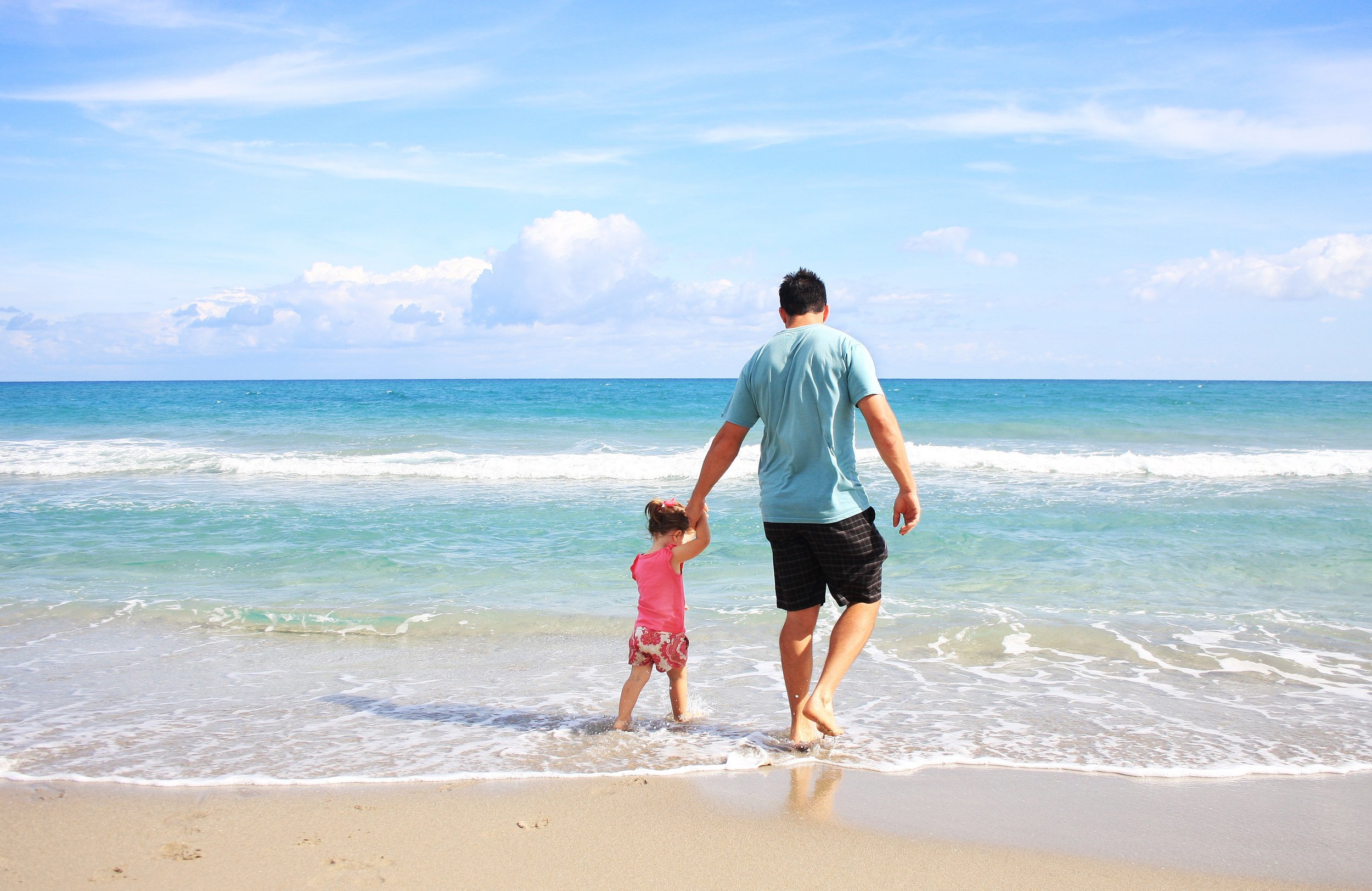Whether or not apps such as Live 360 violates a child's trust depends on how it is used and the specific circumstances surrounding its use. Here are some considerations:
1. Parental Consent: If parents use Live 360 to monitor their child's activities, it is essential to have open communication and obtain their child's consent whenever possible, especially if the child is old enough to understand the concept. Transparency and consent can help maintain trust.
2. Privacy Boundaries: Parents must respect their child's privacy and set clear boundaries. Invading a child's privacy without justification can erode trust and lead to feelings of mistrust and resentment.
3. Safety Concerns: In some cases, Live 360 might be used to ensure a child's safety, such as monitoring their location or checking in on them in unfamiliar situations. In such cases, explaining the safety reasons for using the technology can help maintain trust.
4. Age and Independence: As children grow older and become more independent, their need for privacy and trust becomes more critical. Parents should adapt their use of Live 360 accordingly, allowing older children more autonomy and privacy.
5. Open Communication: Open and honest communication between parents and children is key to maintaining trust. Parents should explain why they are using Live 360, and how it works, and address any concerns or questions their child may have.
6. Monitoring vs. Surveillance: There is a distinction between monitoring and surveillance. Monitoring involves respectful and agreed-upon supervision, while surveillance may involve secretive or invasive practices. Trust can be compromised if Live 360 is used as a surveillance tool without consent.
In summary, Live 360 may not inherently violate a child's trust, but how it is used and the context in which it is applied can significantly impact trust dynamics within a family. It is crucial for parents to strike a balance between safety and privacy, maintain open communication, and respect their children's autonomy as they grow and develop. Trust is built on mutual understanding, respect, and transparency, and parents should ensure that their use of Live 360 aligns with these principles.





